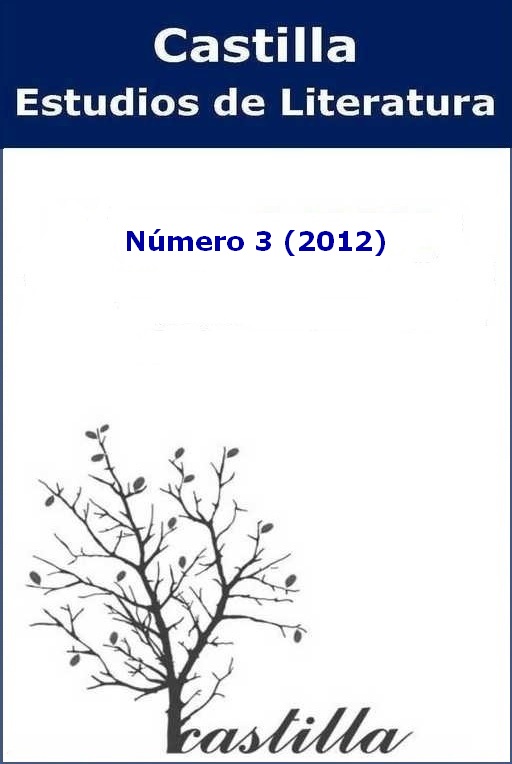“Son bárbaros, ¿qué han de hacer?”: The Indian World in John Dryden’s The Indian Emperour (1667) and Fernando de Zárate’s La Conquista de México (1668)
Abstract
Despite their strict contemporaneity, their probable common historic sources and plot similarities, John Dryden’s The Indian Emperour (1667) and Fernando de Zárate’s La Conquista de México (1668) theatrical plays convey two divergent visions of the American indigenous universe. In accordance with the theory of textual semantics, this work proposes to construct the pertinent evaluations related to the indigenous actors in these pieces and establish the narrative truth of some problematic enunciates, in order to suggest an alternative reading of Zárate’s work in relation to the teatro indiano.Downloads
Download data is not yet available.
Downloads
Published
2012-08-16
Issue
Section
ARTICLES
License
The articles published at Castilla. Estudios de Literatura will have a Creative Commons Attribution 4.0 International License (CC BY 4.0).
The authors continue as owners of their works, and can republish their articles in another medium without having to request authorization, as long as they indicate that the work was originally published in Castilla. Estudios de Literatura.
How to Cite
“Son bárbaros, ¿qué han de hacer?”: The Indian World in John Dryden’s The Indian Emperour (1667) and Fernando de Zárate’s La Conquista de México (1668). (2012). Castilla. Estudios De Literatura, 3, 609-628. https://revistas.uva.es/index.php/castilla/article/view/127



